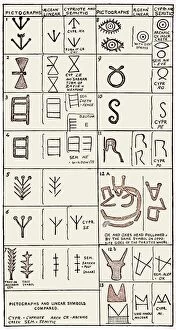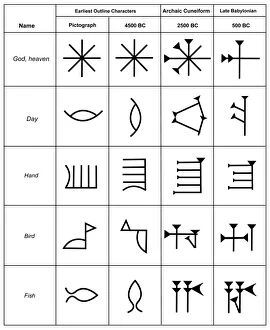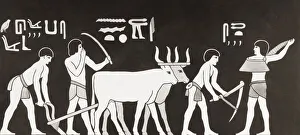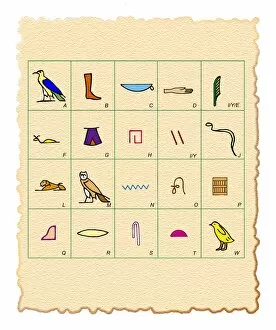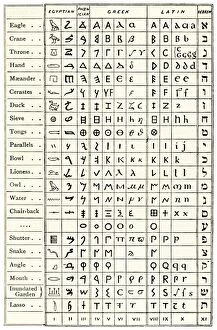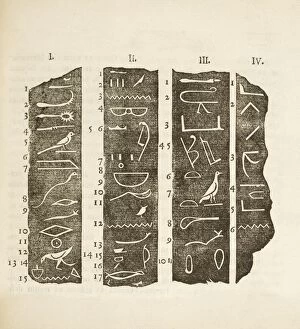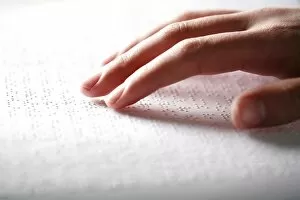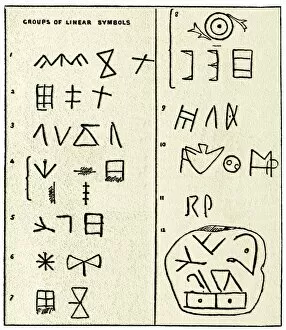Writing System Collection
The development of the English alphabet is a fascinating journey that can be traced back to ancient times
All Professionally Made to Order for Quick Shipping
The development of the English alphabet is a fascinating journey that can be traced back to ancient times. One of the earliest known writing systems, the cuneiform script, was used in Mesopotamia around 3200 BC. This intricate system involved making wedge-shaped marks on clay tablets and was primarily used for administrative purposes. Moving forward in time, we find ourselves in ancient Egypt where artwork depicts various aspects of daily life such as sowing and ploughing. These visual representations provide valuable insights into how writing systems were intertwined with societal activities. In early-colonial Peru, a unique description writing system was constructed by indigenous peoples. This system utilized symbols and pictographs to convey information about their culture, history, and traditions. Ancient Egyptian hieroglyphics are another remarkable example of a complex writing system. Dating back to 1666 BC, these intricate symbols were carved onto stone walls and papyrus scrolls. They represented both phonetic sounds and ideograms - concepts or ideas depicted through pictures. Middle Eastern alphabets also played a significant role in shaping modern writing systems. In 1823 AD, an illustration showcases different scripts from this region including Hebrew, Arabic, Syriac, among others. Clay nails inscribed with cuneiform script further highlight the versatility of this ancient method of communication. These small artifacts served as records or labels for goods during trade transactions. Phonetic Egyptian hieroglyphs added yet another layer to the complexity of written language by representing individual sounds rather than whole words or concepts. Fast-forwarding to more recent times brings us to Braille reading - a tactile writing system invented by Louis Braille in the early 19th century. By using raised dots on paper that can be felt with fingertips instead of seen with eyesight alone; Braille revolutionized accessibility for individuals who are blind or visually impaired. From clay tablets to contemporary braille reading methods; exploring different writing systems throughout history allows us to appreciate the evolution and diversity of human communication.


